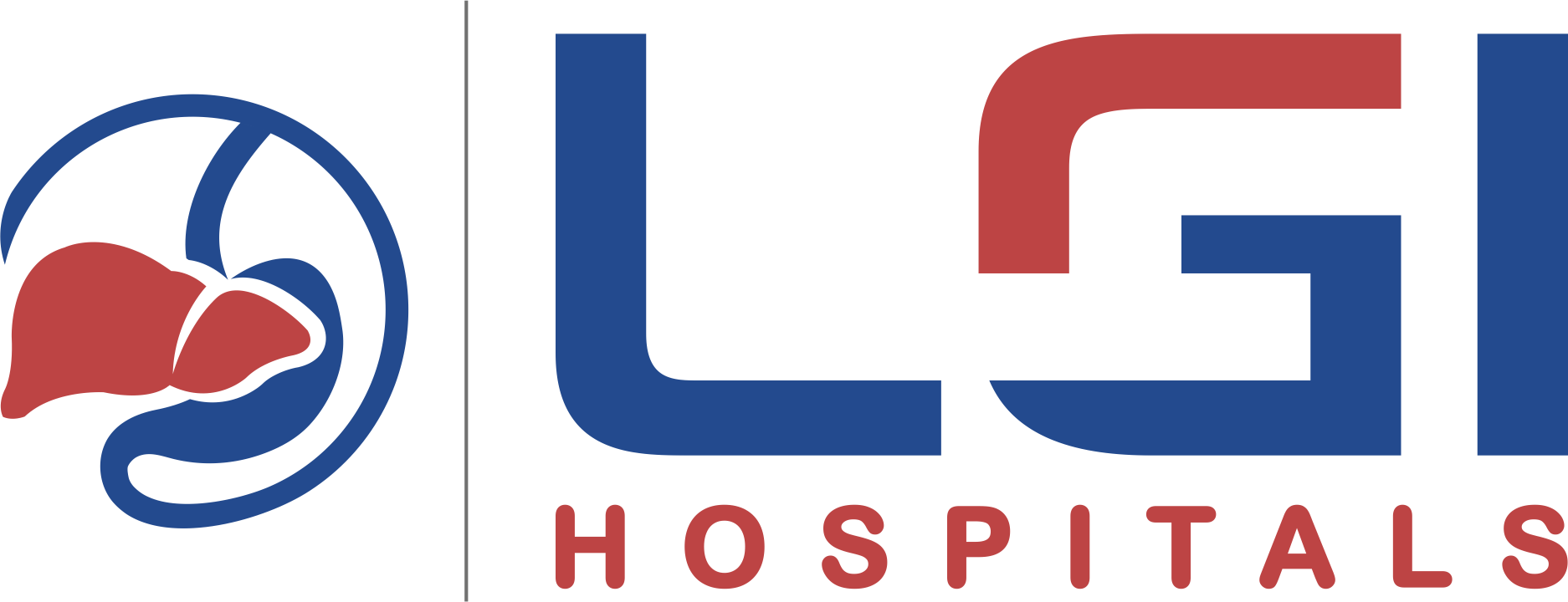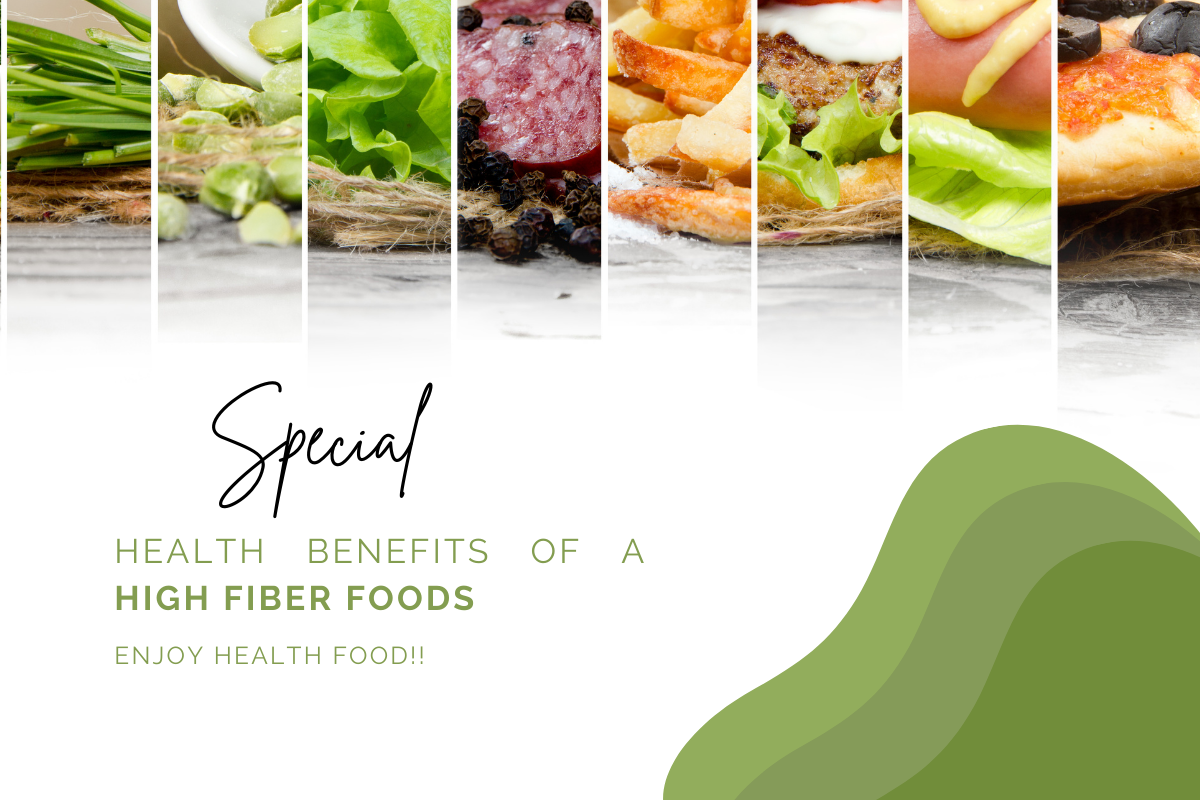A high-fiber diet is fundamental to maintaining optimal digestive health. This article explores the significant benefits of dietary fiber, differentiates between types of fiber, and provides practical advice on integrating fiber rich foods into daily meals.
Understanding Dietary Fiber: Types and Sources
Dietary fiber comes in two primary forms: soluble and insoluble. Soluble fiber rich foods, found in oats and fruits like apples, forms a gel-like substance in the digestive tract, aiding in cholesterol and blood sugar management. Insoluble fiber, abundant in whole grains and vegetables such as broccoli, adds bulk to stool, promoting regular bowel movements and preventing constipation.
The Health Benefits of a High Fiber Foods
Promoting Digestive Regularity
A high-fiber diet supports regular bowel movements by increasing stool bulk and softening consistency, thereby alleviating constipation and promoting overall digestive comfort.
Preventing Digestive Disorders
Regular consumption of fiber rich foods reduces the risk of digestive conditions like diverticulitis and hemorrhoids. Fiber also nurtures a healthy gut microbiota, crucial for reducing inflammation and maintaining intestinal health.
Supporting Weight Management and Heart Health
Beyond digestive benefits, high fiber foods aids in weight management by enhancing satiety and regulating appetite. Soluble fiber additionally contributes to lowering cholesterol levels, supporting heart health and reducing cardiovascular risks.
Fiber-Rich Foods: Key Sources
Fruits and Vegetables
Incorporating a variety of fruits and vegetables into daily meals ensures a rich intake of essential nutrients and fiber rich foods. Options like apples, berries, and leafy greens are excellent choices for boosting dietary fiber.
Whole Grains and Legumes
Replace refined grains with whole grain options such as brown rice and quinoa, and include legumes like beans and lentils in soups, salads, and main dishes. These additions enhance fiber intake while providing sustained energy and nutritional benefits.
Practical Tips for Increasing Fiber Intake
Starting the Day Right
Begin mornings with fiber-rich choices such as oatmeal or whole-grain cereals. These options provide a wholesome foundation for the day, supporting sustained energy levels and digestive health.
Incorporating Fiber Across Meals
Maximize the nutritional value of meals by incorporating fiber-rich ingredients into recipes. From salads topped with nuts and seeds to hearty bean stews, diverse culinary options ensure enjoyable ways to boost fiber rich foods intake.
Gradual Integration and Hydration
Introduce fiber into your diet gradually to allow your digestive system to adjust comfortably. Adequate hydration is essential to complement fiber intake, promoting optimal digestion and minimizing discomfort.
Take Advantage of the Benefits of a Fiber Rich Foods
At LGI Hospital, we understand the importance of a balanced diet and its impact on your overall health. If you have concerns about your digestive health or are interested in optimizing your nutrition, why not take the next step towards a healthier you?
Schedule a comprehensive health checkup at LGI Hospital to gain valuable insights into your digestive health and overall well-being. Our experts in Medical and Surgical Gastroenterology are here to provide personalized advice and support.
Stay on top of your health by exploring our latest blogs on nutrition, mental health, and `well-being. Visit our website for valuable tips and expert guidance to support both your physical and mental health. Check out our new posts and start making positive changes today!
Take charge of your health – book your appointment with LGI Hospital now!

